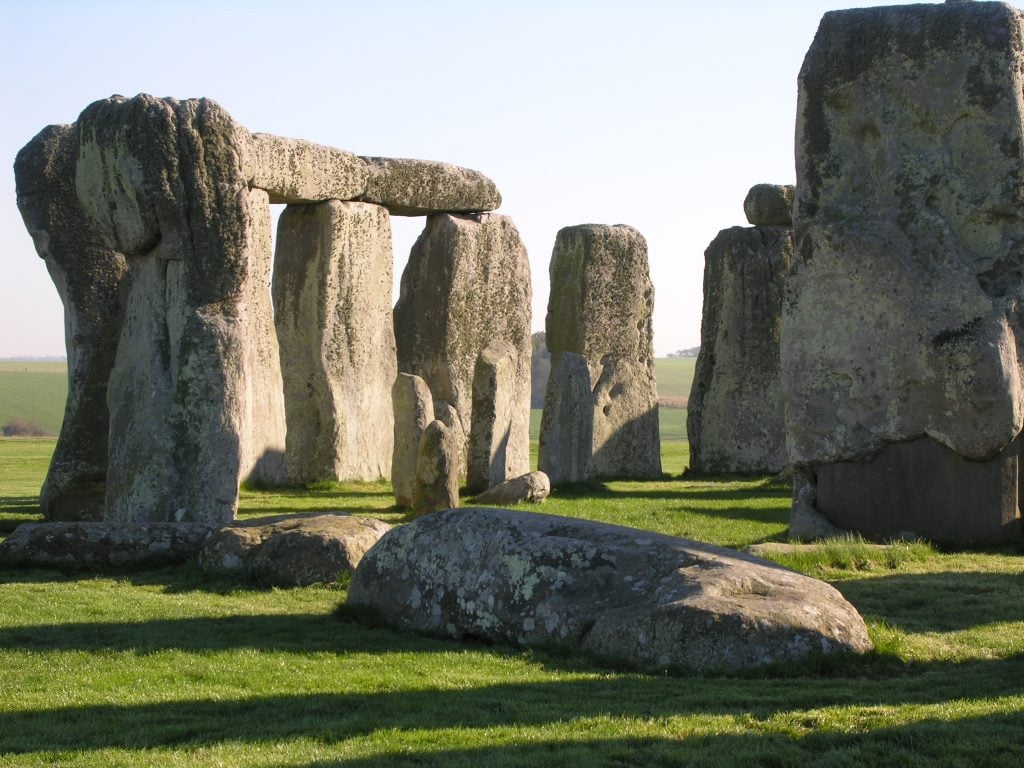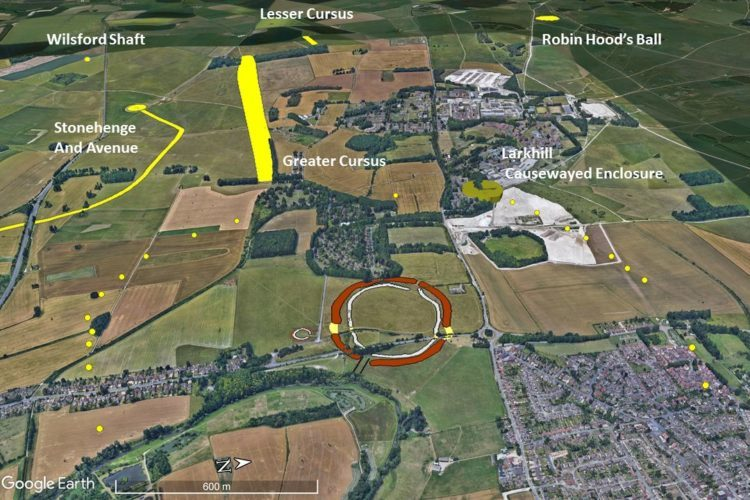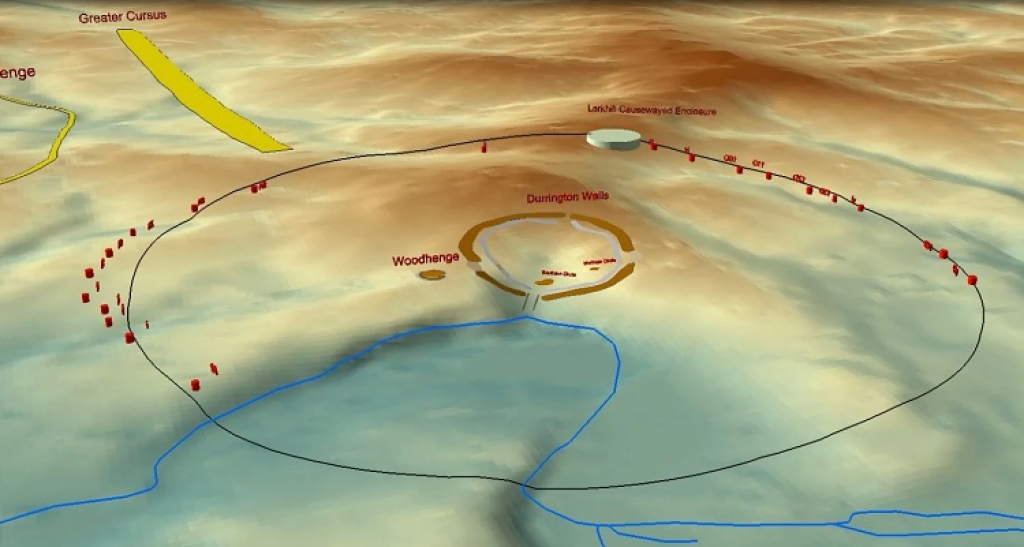Art World
Archeologists Just Discovered the UK’s Largest Ceremonial Site Buried Right Next to Stonehenge. Call It ‘Holehenge’
The lost prehistoric site encircles Durrington Walls.

The lost prehistoric site encircles Durrington Walls.

Sarah Cascone

Stonehenge, the famed Neolithic rings of stones, remains as mysterious as ever—and now archaeologists have found an even bigger prehistoric ring of 16-foot-deep, 33-foot-wide shafts just two miles from the well-known site.
The discovery—more “Holehenge” than Stonehenge—is being hailed as the biggest prehistoric site in the UK.
Archaeologists at the University of Bradford in West Yorkshire, England, discovered the ancient site through the Stonehenge Hidden Landscapes Project, which brings experts in non-invasive geophysical prospection and remote sensing together with specialists in British prehistory and landscape archaeology.
Using remote sensing technology to conduct surveys, the team set out to investigate the empty spaces in the larger UNESCO World Heritage Site around Stonehenge. What they found were a series of at least 20 prehistoric shafts—the archaeologists believe there may have originally been more than 30 of them.
“The area around Stonehenge is amongst the most studied archaeological landscapes on earth and it is remarkable that the application of new technology can still lead to the discovery of such a massive prehistoric structure which, currently, is significantly larger than any comparative prehistoric monument that we know of in Britain, at least,” said Vince Gaffney, chair of the university’s School of Archaeological and Forensic Sciences in the Faculty of Life Sciences, in a statement.
The pit structure forms a partial circle roughly 1.2 miles in diameter, centered around the prehistoric Durrington Walls henge and also surrounding the smaller Woodhenge. The uniformity of the pattern rules out the possibility that the shafts were naturally occurring.

The Stonehenge Hidden Landscape team taking a Vibracore sample from one of the pits. Photo courtesy of Stonehenge Hidden Landscapes.
Radiocarbon dating of the surrounding sediment using precision coring suggests the shafts were dug around 2500 BC.
The purpose of the site, much like Stonehenge, remains mysterious, but “it demonstrates the significance of Durrington Walls Henge, the complexity of the monumental structures within the Stonehenge landscape, and the capacity and desire of Neolithic communities to record their cosmological belief systems in ways, and at a scale, that we had never previously anticipated,” said Gaffney.
The team has published their findings in the journal Internet Archaeology.
See more renderings of the discovery below.

A Google Earth image edited show the 20 late Neolithic period pits discovered encircling Durrington Walls. Image courtesy of EDINA Digimap Ordnance Survey Service.

The Stonehenge Hidden Landscapes archaeological team created this image using red markers to show the 20 late Neolithic period pits around the Durrington Walls site in southern England. Stonehenge, two miles away, can be seen in the upper left. Image courtesy of EDINA Digimap Ordnance Survey Service.

The distance between the pits and Durrington Walls varies slightly. Image courtesy of EDINA Digimap Ordnance Survey Service.